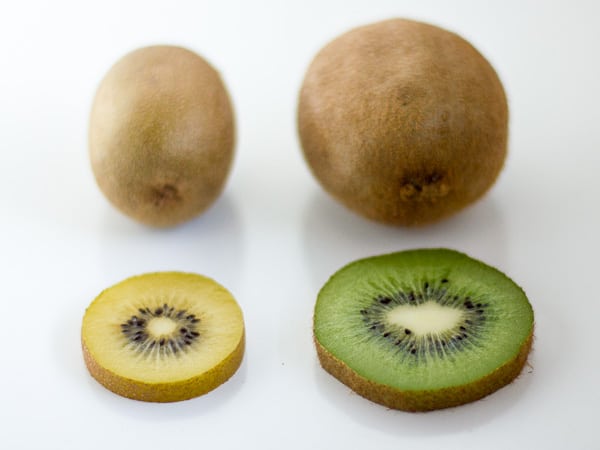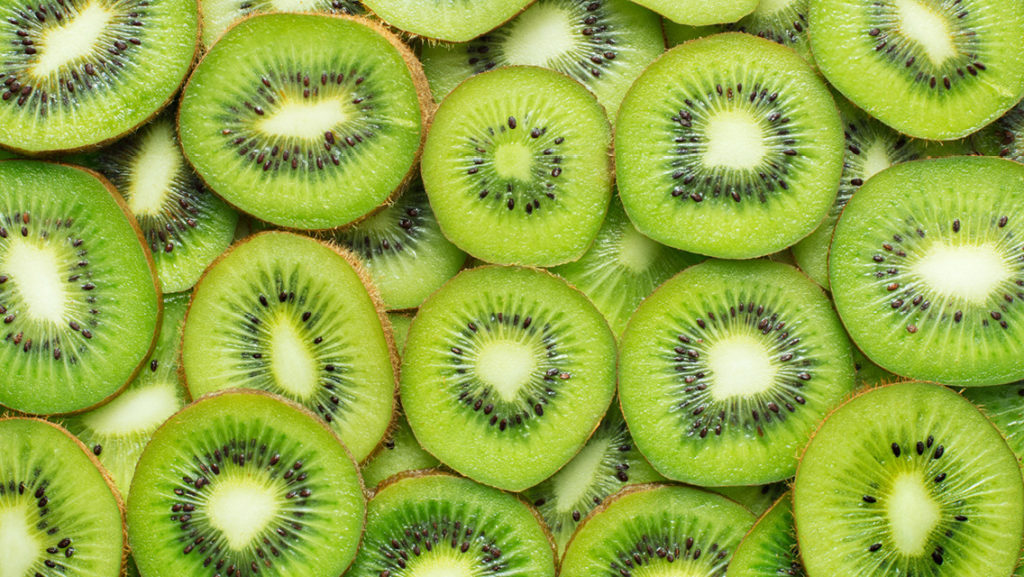Exploring Tastes: What Do Kiwis Taste Like? A Culinary Adventure
Wiki Article
A Deep Study Kiwi Farming: Introducing the Methods, Challenges, and Prospective for Lasting Farming
In this write-up, we will certainly take you on a deep dive right into the methods, difficulties, and possibility for lasting farming in the world of kiwis. Discover the optimum expanding conditions, sophisticated farming techniques, and the sustainable techniques that can unlock the full potential of kiwi farming.Optimal Expanding Problems for Kiwi Plant Kingdoms

Cutting-Edge Cultivation Strategies
To enhance kiwi farming, employ advanced strategies that improve performance and sustainability. One such technique is accuracy farming, which utilizes innovative technologies like drones, GPS, and remote noticing to keep an eye on and handle crops much more efficiently. Drones furnished with multispectral cameras can catch high-resolution photos of kiwi plants, enabling farmers to examine their wellness and spot any indications of disease or stress and anxiety. General practitioner innovation allows for exact mapping and tracking of the kiwi vines, maximizing watering and fertilization techniques to make certain that each plant receives the necessary nutrients and water. One more innovative technique is upright farming, which includes expanding kiwi plants in piled layers making use of fabricated lights and climate-controlled atmospheres. This method optimizes land usage performance and decreases water usage, making it optimal for metropolitan areas or areas with limited arable land. In addition, aeroponics and hydroponics systems are getting popularity in kiwi farming. These soilless farming approaches provide plants with a nutrient-rich remedy or mist, specifically, advertising faster growth and greater yields. By accepting these advanced strategies, kiwi farmers can achieve higher efficiency, enhance source application, and add to sustainable farming methods.Challenges Faced by Kiwi Farmers
Encountering countless obstacles, kiwi farmers must navigate through various obstacles to ensure effective growing and sustainable farming practices. One of the significant obstacles they encounter is environment irregularity. Kiwi pop over to these guys plants need a particular environment to prosper, with great winters and warm summer seasons. Nevertheless, unpredictable weather patterns, such as extreme temperature levels, frost, and dry spell, can disrupt the development and growth of kiwi crops. Farmers should continuously check weather report and apply techniques like watering, frost security, and shade towel to reduce the unfavorable effects of environment variability.An additional considerable obstacle for kiwi farmers is pests and diseases. Kiwi vines are prone to an array of parasites, including termites, aphids, and thrips, which can harm the leaves and fruit.
Kiwi cultivation requires labor-intensive activities, such as pruning, harvesting, and trellising. Finding knowledgeable workers that are well-informed regarding kiwi farming techniques can be difficult.
Lasting Farming Practices for Kiwi Cultivation

To ensure lasting kiwi growing, you can execute a variety of techniques that promote environmental stewardship and long-term feasibility of your ranch. One essential method is making use of natural plant foods and insect administration techniques. By staying clear of artificial chemicals and instead selecting all-natural choices, you can lessen the adverse influence on soil health and biodiversity. Additionally, it is important to exercise accountable water management. Kiwi plants need a significant amount of water, yet too much watering can lead to water waste and Continue soil erosion. Implementing efficient watering systems, such as drip watering or accuracy lawn sprinklers, can assist save water and maximize its usage. An additional lasting farming practice is making use of cover crops. These crops not only assist stop soil erosion however likewise boost dirt fertility by including organic issue and dealing with nitrogen. In addition, implementing incorporated insect management techniques can significantly minimize the demand for chemical pesticides. By encouraging all-natural killers, using pheromone traps, and practicing crop turning, you can properly control insects while minimizing environmental harm. Embracing lasting energy practices, such as utilizing solar power or investing in energy-efficient technologies, can lower your farm's carbon impact and contribute to a much more sustainable kiwi cultivation system.
Opening the Prospective of Kiwi Farming
By applying lasting farming techniques, you can look at here now open the complete possibility of kiwi farming while minimizing ecological effect. Kiwi farming has immense potential for growth and success, however it additionally includes its own collection of difficulties. To fully open this capacity, it is critical to adopt lasting techniques that not only take full advantage of return and quality but also make sure long-lasting viability.One key element of unlocking the possibility of kiwi farming is optimizing irrigation practices - what do kiwis taste like. Kiwi plants call for a details amount of water to flourish, and by utilizing reliable irrigation systems such as drip watering or precision lawn sprinklers, you can reduce water waste and decrease the risk of waterlogging or dirt disintegration
Another essential variable is dirt health and wellness administration. Healthy and balanced and productive soil is necessary for the growth and development of kiwi plants. By executing methods such as cover cropping, crop rotation, and natural fertilization, you can improve soil structure, improve nutrient accessibility, and decrease the need for chemical inputs.
Moreover, integrated insect management (IPM) strategies are essential in unlocking the capacity of kiwi farming. By embracing IPM approaches such as biological pest control, pheromone catches, and plant surveillance, you can effectively handle parasites and diseases while minimizing making use of chemical pesticides.
Verdict
In conclusion, kiwi growing holds wonderful prospective for sustainable farming techniques. With optimum expanding problems and a focus on lasting techniques, kiwi farming can grow while lessening ecological influence.Discover the ideal expanding conditions, innovative farming methods, and the sustainable methods that can open the complete capacity of kiwi farming. By welcoming these sophisticated methods, kiwi farmers can achieve better productivity, maximize resource utilization, and contribute to sustainable farming methods.
Encountering numerous obstacles, kiwi farmers need to navigate with different barriers to make certain successful growing and lasting farming methods.By executing lasting farming practices, you can unlock the full potential of kiwi farming while reducing environmental effect.In final thought, kiwi cultivation holds wonderful potential for lasting farming practices.
Report this wiki page